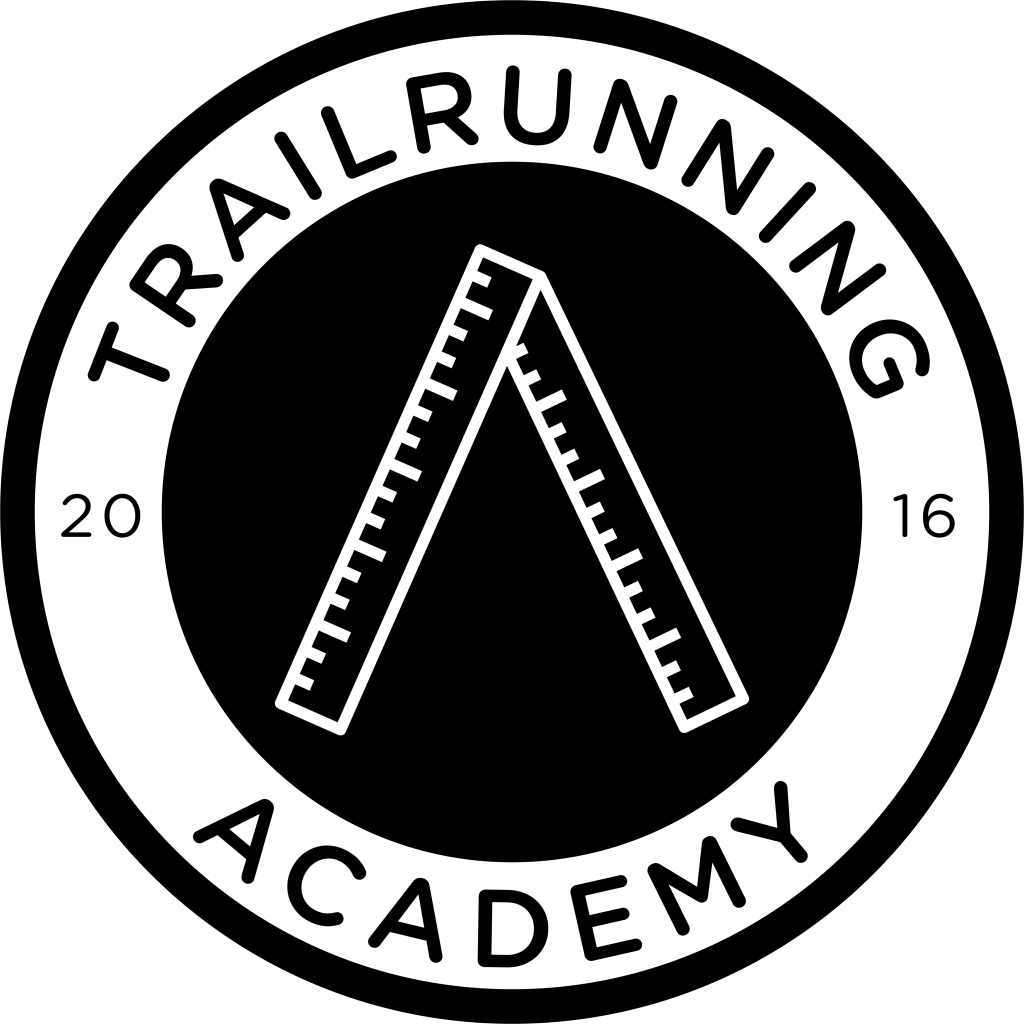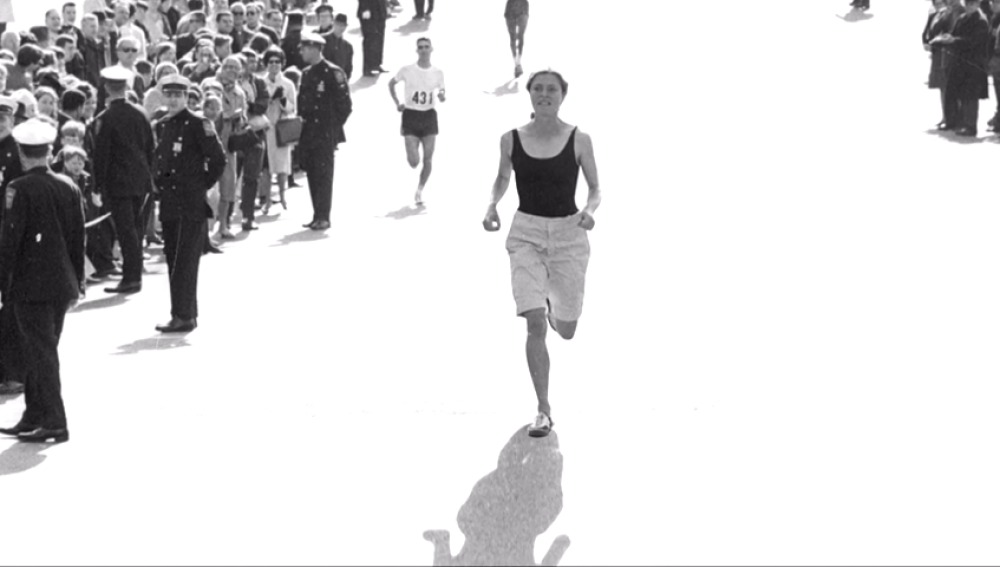
Women in the marathon- Unbroken record 37 years
Join the community!
At the end of each month we send out a newsletter that keeps you up to date with important events in the running world, gives you training ideas and motivates you for your next competition.
Bandit Runner, since 1896
Let’s go back in time for a bit, to 1896, when the Olympic Games were “revived”. Women were once again excluded from the running events. Since nothing can stop them from getting what they want, a woman named Melpomene entered the Olympic Marathon. Although the race organizers rejected her registration, she ran out of the competition (bandit runner, as they say), finishing at about 4:30h. Nearly a century has passed until the next woman officially runs the Olympic Marathon.
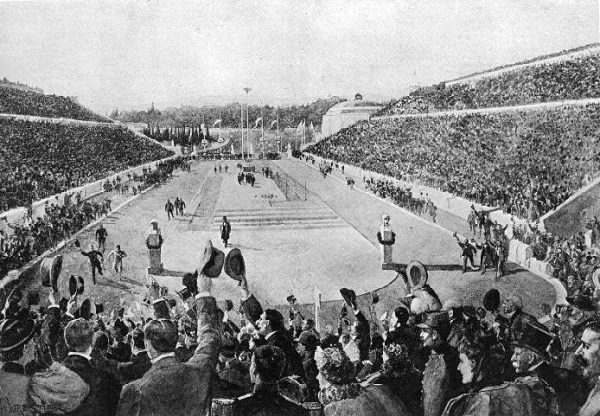
The first woman officially timed in a marathon race
Violet Piercy of Great Britain was the first female participant to be officially timed in a marathon event, with a time of 3:40:22 at the Polytechnic Marathon in 1926. Although the rule imposed by the Women’s Amateur Athletic Association (WAAA) was that no women’s race should exceed 800m, Violet Percy happily broke the rules that year. Because of this and the lack of competition, the record stood for no more, no less than 37 years.
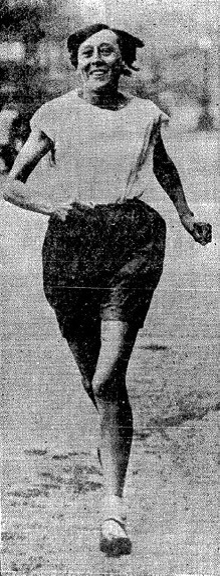
It wasn’t until 1963 in Culver City that the first record-breaking time was recorded: 3:37h at the Western Hemisphere Marathon in California by US athlete Merry Lepper.
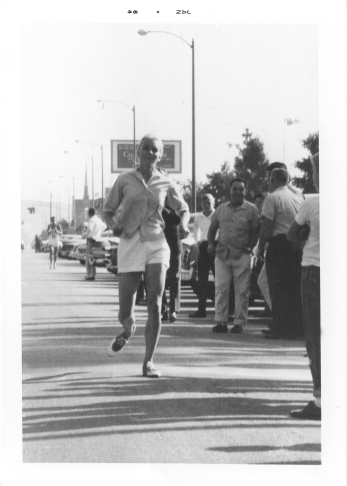
The first female finisher at Boston Marathon
In 1966, Roberta Gibb hid behind a bush at the start of the Boston Marathon and managed to finish the race in an unofficial time of 3:21:25. She was the first known woman to complete the race.
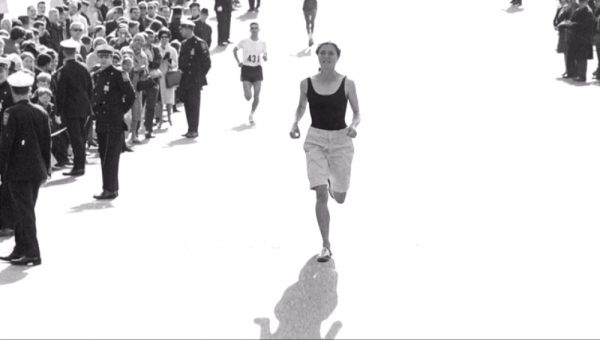
Probably one of the most famous stories in the marathon world dates back to 1967 when Katherine Switzer tried and succeeded in officially entering the Boston Marathon. Her coach, though unconvinced when she told him her plans, promised to take her to Boston himself if she proved she could run the distance. Unsurprisingly, Switzer ran the marathon + extra 5 miles in training.
The athlete entered the race as K.V. Switzer (personal preference) and her entry was approved, as they couldn’t know her gender. After about 2 miles, the press cars, led by the race organizer, appeared behind her. The photo speaks for itself and the full story, told by the athlete herself, can be read right here.
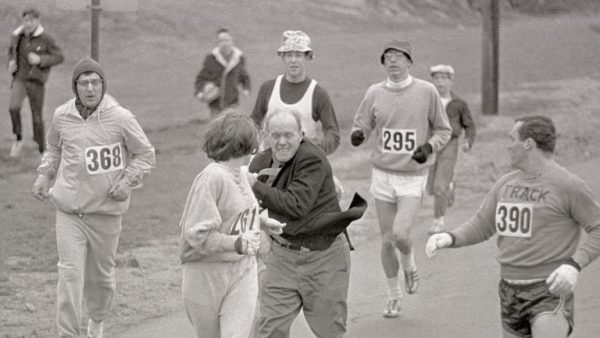
I wouldn’t want to distort the words through translation, the event was more than touching and inspiring, so I’ll get straight to the happy ending: Katherine finished the race and thus became the first female finisher at the Boston Marathon, officially.
Bigger and bigger changes
- On 31 August 1971, Adrienne Beames of Australia became the first woman to run a marathon under three hours, breaking this barrier with a time of 2:46:30.
- In 1972, women were allowed to officially compete in the Boston Marathon for the first time.
- On 28 October 1973, the first women’s marathon was held in Waldniel, West Germany. The success of that race was built on the following October when Dr. Ernst Ban Aaken, a West German and a strong supporter of women’s running, sponsored the first Waldniel International Women’s Marathon Championship. Forty women from seven countries competed in the event.
- In 1981, the decision was made to include women in the Olympic marathon event, big day! Better late than never, right?
Two reasons were often cited for this exclusion, which took longer than it should have:
Firstly, some experts argued that women’s health would be affected by long-distance running. This theory has been proven false not only by medical studies but also by the success of women marathoners in the 1970s.
Second, the Olympic Charter stipulated that to be included in the Games, a women’s sport had to be widely practiced in at least 25 countries on at least two continents (for men’s events, the requirement was 50 countries on three continents). The women’s marathon, Olympic organizers argue, simply wasn’t popular enough to be included.
To be continued.
Did you enjoy the article?
If what you’re reading helps, buy a digital subscription! It’s the most direct form of support for our work during trainings, competitions, and afterwards when we write these articles.
Runner by runner, we’re gathering a community that contributes to and supports us in meeting the needs of other runners through our own stories of how we train, how we compete, how we relate, and how we can change those around us through sport.
Citește și:
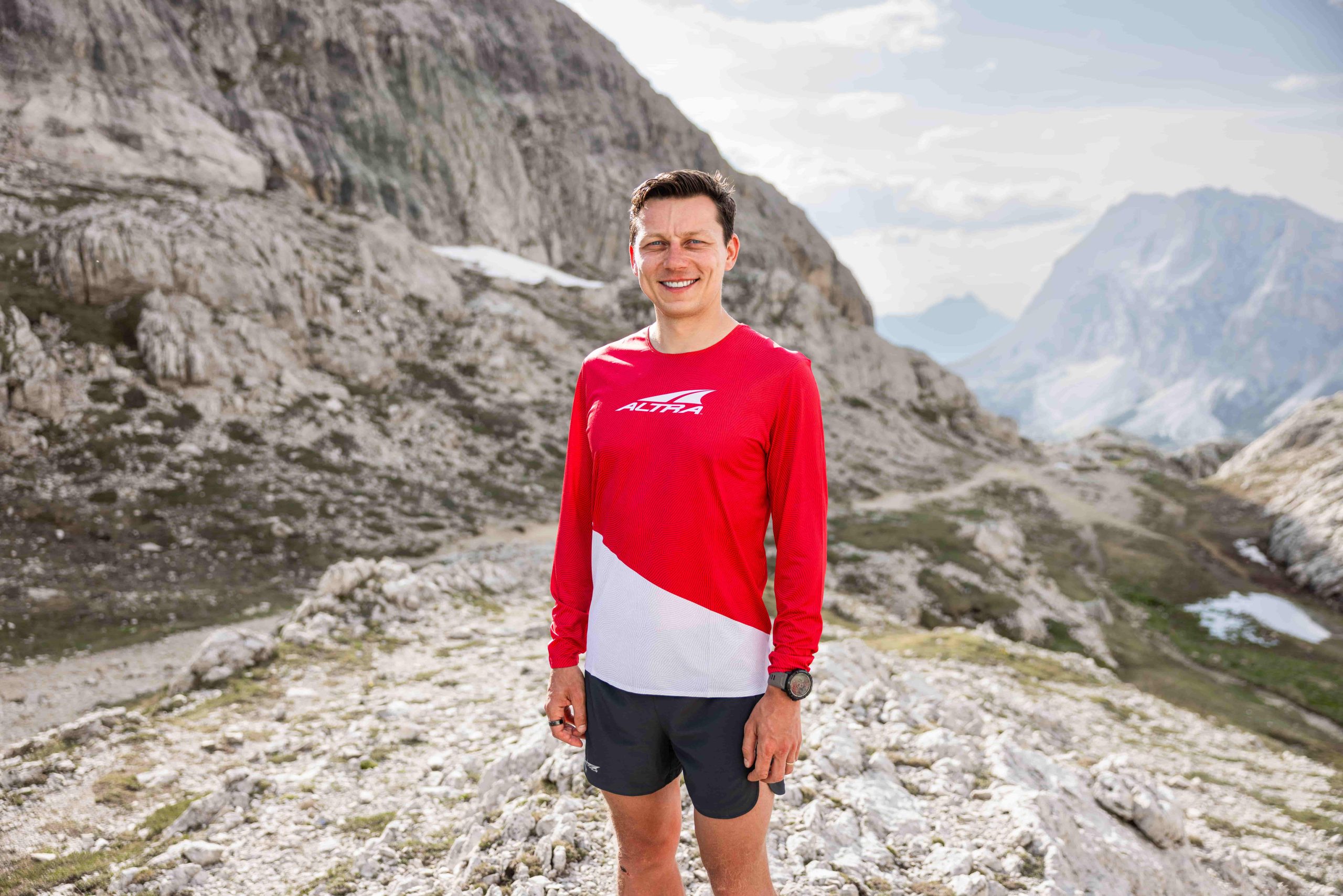
Western States 100miles 2024 – Hajnal Robert’s Thoughts & Training Journal
Western States 100milles 2024 – Hajnal Robert’s Thoughts & Training Journal from the start of the training block to racing
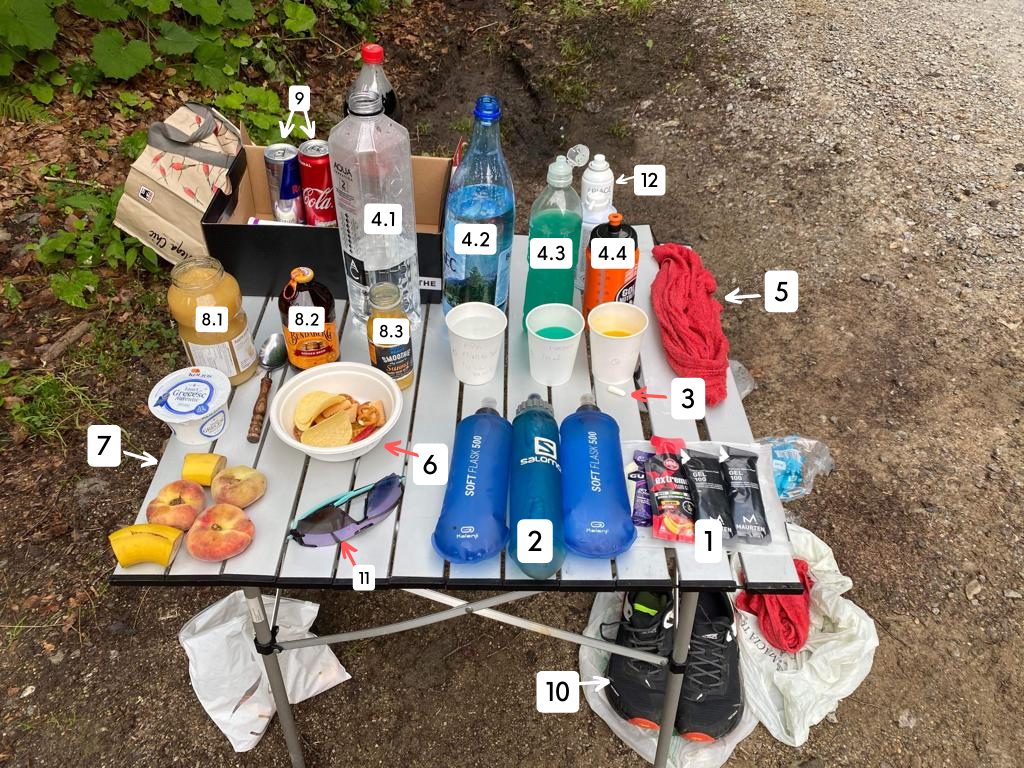
How to make a proper checkpoint for your next ultramarathon
Do you have a support team for your next ultramarathon? Here’s what you need for a successful race and a ‘full’ Check-Point.
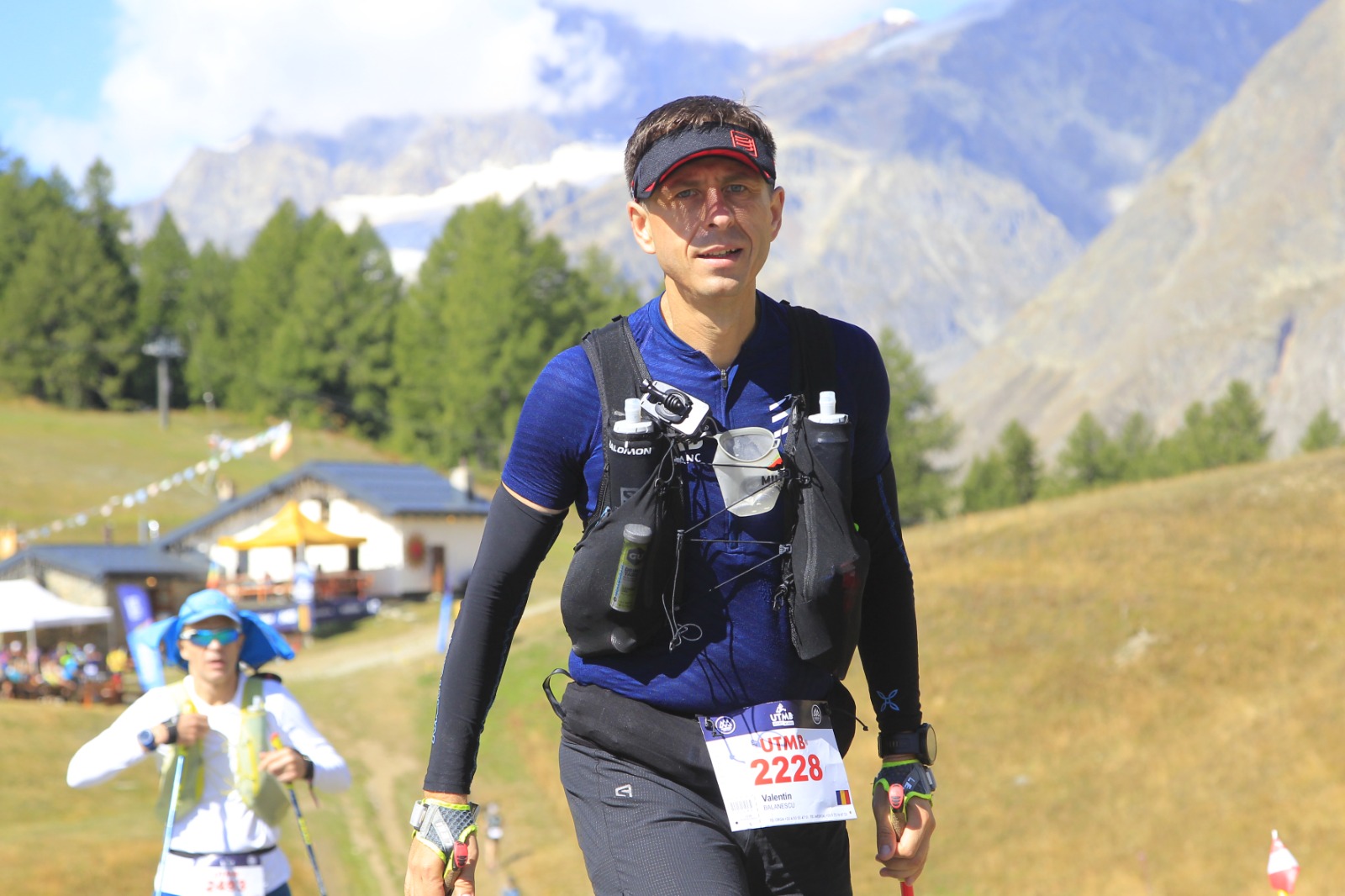
UTMB roller-coaster
The emotions and experience of TrailRunning Academy athlete Valentin Bălănescu during the 170 km of the UTMB.
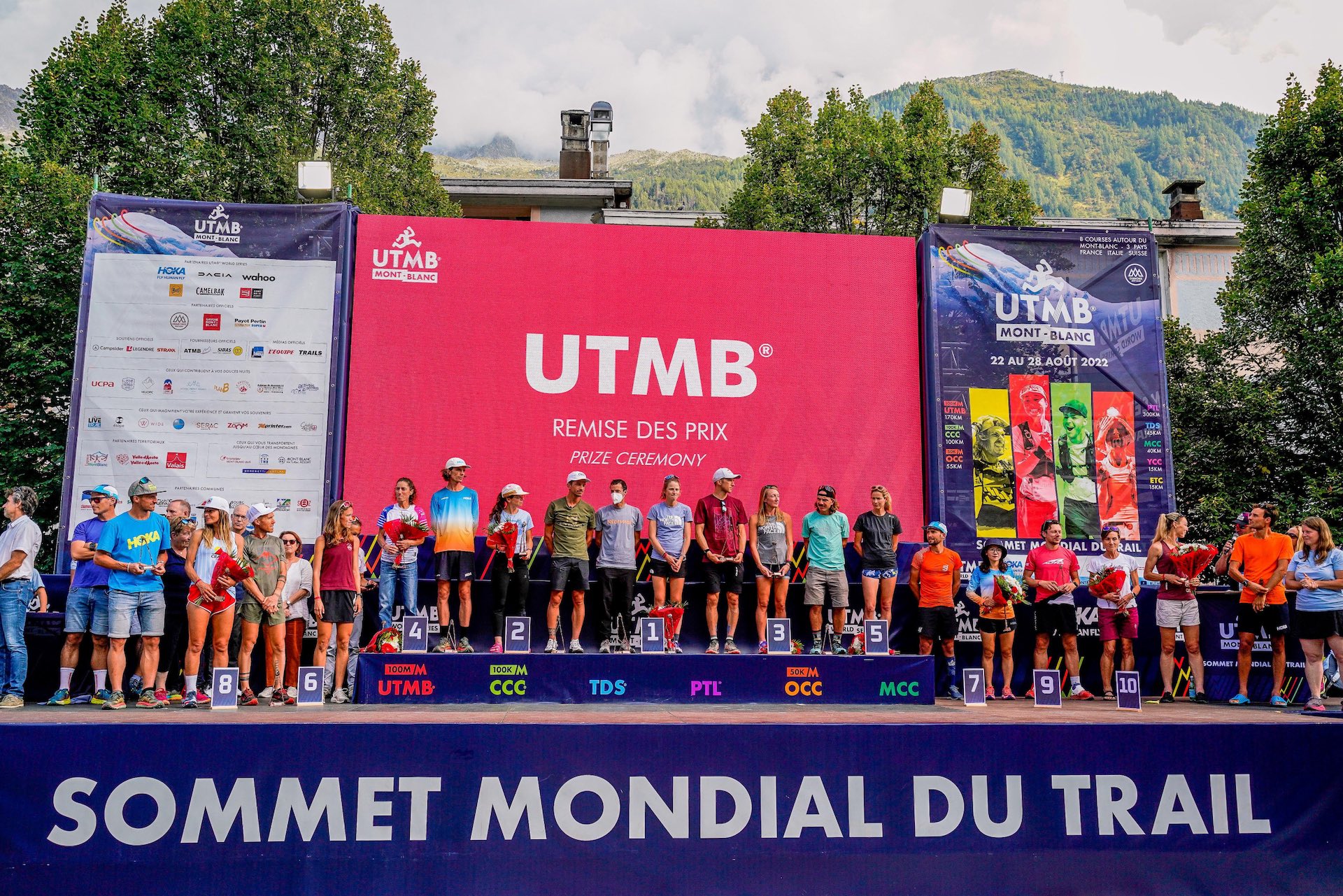
The 10 Magnificent of the UTMB 2022 Podium
I had the chance to share the UTMB 2022 podium with 10 of the best endurance athletes in the world. Here’s how I met them, how they competed and my thoughts on them.


